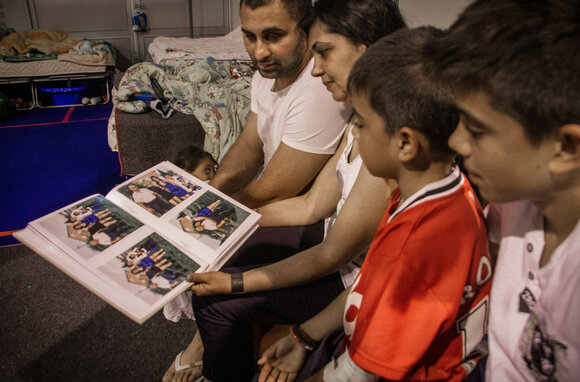
This page contains documents and other resources related to children's care in Europe. Browse resources by region, country, or category.
This page contains documents and other resources related to children's care in Europe. Browse resources by region, country, or category.
Displaying 1731 - 1740 of 3444
This inspection framework, developed by the UK's Office for Standards in Education, Children's Services and Skills (Ofsted), provides guidance about how children’s homes are inspected, for use from April 2019.
This article will consider the extent to which the protection of child trafficking victims under the jurisdiction of the UK Modern Slavery Act 2015 is sufficient to fulfil the legal positive obligations imposed by EU Law.
This current systematic literature review aims to examine what is known about foster parents' needs, satisfaction and perceptions of foster parent training.
The increasing importance of higher levels of formal education and training leads to an extended transition phase to adulthood in Austria. This article explores how care leavers are confronted with new disadvantages and with a lack of political and societal attention.
This study aims to analyze the comparative effectiveness of Youth Self-Report (YSR) and the Strengths and Difficulties Questionnaire (SDQ) as screening tools of psychological (mal)adjustment, looking for differences in the way psychological problems and difficulties are identified by these two measures in adolescents in residential care (RC).
This study uses a qualitative approach to explore the experiences of 22 UK foster carers when a child is ‘moved on’ from a placement, focusing specifically on their experiences of loss.
As agencies consider how to build the capacity of carers to support unaccompanied young people, this study set out to learn from the experiences and views of foster carers, in order to inform the development of effective carer training and support.
This article follows on from ‘How children in foster care engage with loyalty conflict: presenting a model of processes informing loyalty’ (Dansey, John and Shbero, 2018), published in the previous edition of this journal.
This article presents a preliminary exploration of the participation in a mindfulness-based group therapy by nine looked after children aged 14 to 17.
This report outlines the barriers to settlement demonstrated by the work CCLC has done with children and young people and makes recommendations for the ways in which the government can ensure that these barriers can be overcome as the EU settlement scheme is rolled out.